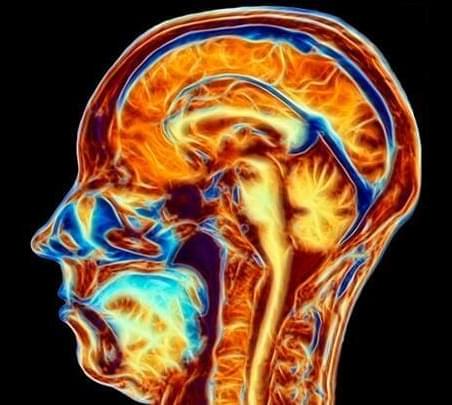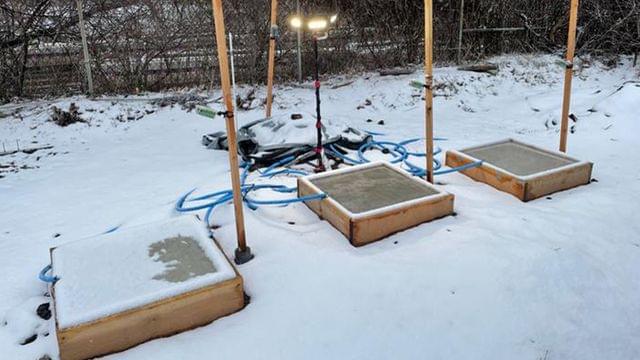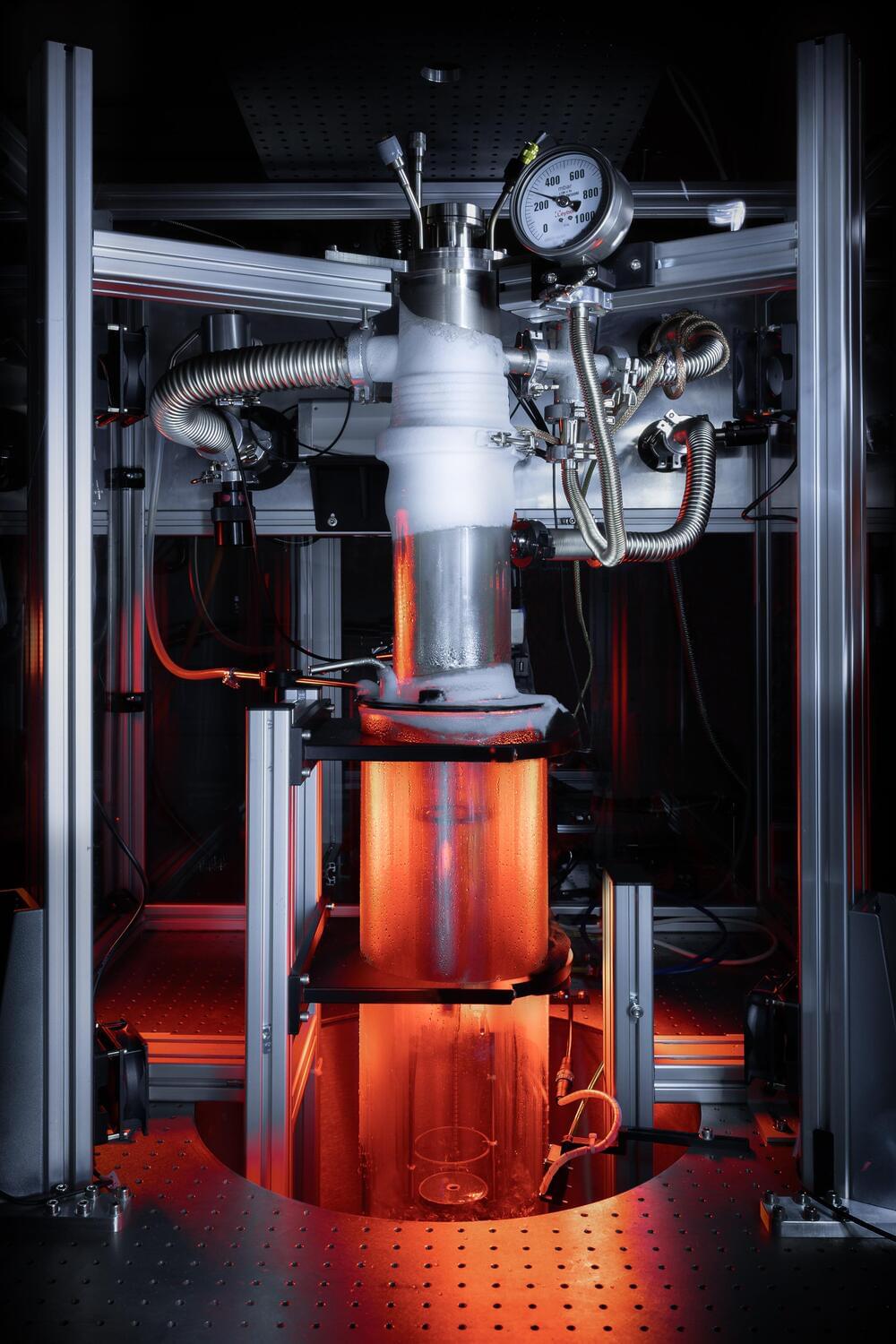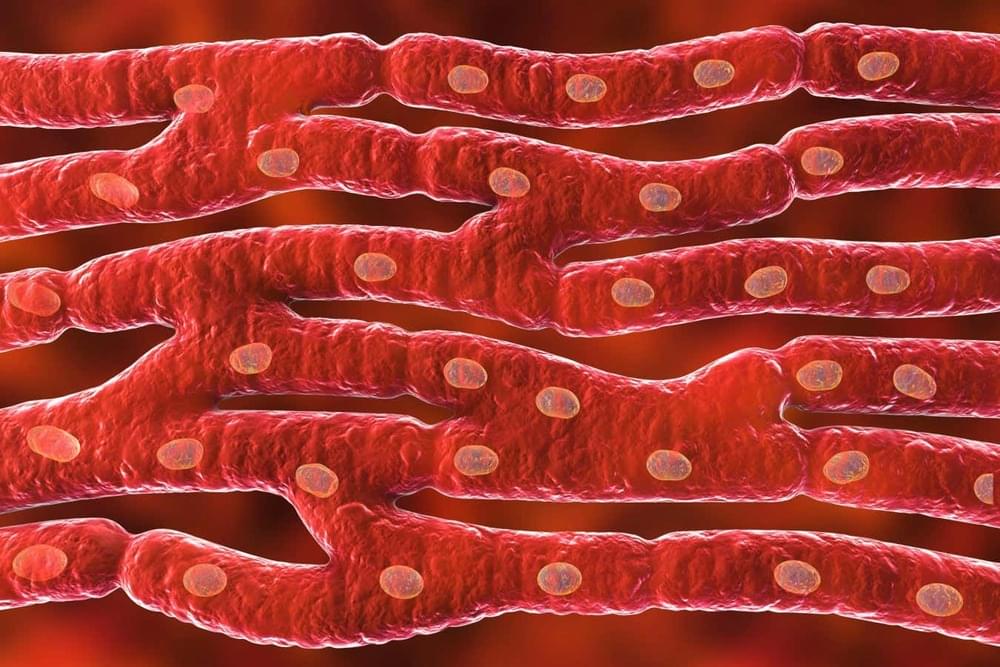Get free access Closer to Truth’s library of 5,000+ videos for free: http://bit.ly/376lkKNFree will is a classic and perennial problem in philosophy. It is a…
Get the latest international news and world events from around the world.

Your Blood Could Be Aging Your Brain, Increasing Risk of Dementia
Our brains change more rapidly at various times of our lives, as though life’s clock was ticking faster than usual. Childhood, adolescence and very old age are good examples of this.
Yet for much of adulthood, the same clock seems to tick fairly regularly. One lap around the Sun; one year older.
However, there may be a stage of life when the brain’s clock starts speeding up. The brain starts changing without you necessarily noticing it. It may even be caused (partly) by what’s in your blood.


Black Holes May Be Portal To Another Universe, Stephen Hawking Explains
Scientists have referred to black holes as cosmic objects that consume whatever comes into them but do not allow anything to escape from the inside. Stephen Hawking assumes that a black hole could be a portal to another universe. While addressing about 1,000 people at Harvard in 2015, Hawkings analyzed the groundbreaking theory with these words.
“Blackholes aren’t the eternal prisons they were once thought. Things can get out of a black hole, both from the outside and possibly through another universe. So, if you ever feel you’re in a black hole, don’t give up. There’s a way out.”
Scientists listening to the renowned astrophysicist were fascinated with his explanations. Keep in mind that Stephen Hawkings came up with Hawking’s radiation theory which revolutionized our understanding of black holes. According to this theory, Black holes thermally generate and emit subatomic particles until they lose their energy and proceed to evaporate. Based on this theory, Hawkings says that black holes are not entirely black and they don’t last for eternity.




Common antibiotics can regenerate heart cells in animals
A combination of widely available antibiotics may be able to treat heart failure after researchers found that the therapy regenerates heart cells in animals.
By Grace Wade
Aptera CEOs discuss IPO plans, solar EV production, 3-wheel variants, and a possible 4-wheel model
Video footage meant for investors has leaked, showing Aptera Motors co-founders and co-CEOs Steve Fambro and Chris Anthony discussing many topics about the solar EV startup’s future, including a potential IPO.
Usually, when we share progress updates from notable solar EV developer Aptera Motors, they come directly from the horse’s mouth. The born-again startup is known for keeping an open line of communication with its growing fanbase of investors, Accelerator program reservation holders, and EV enthusiasts who want to see a company bring solar-powered vehicles to mass production.
The latest public update came in late February as Aptera’s co-CEOs teased its flagship vehicle’s upcoming app and battery tech while giving the viewers a glimpse of the three-wheeled EV’s Body in Carbon (BinC), which ended up on display at JEC World 2024 in Paris earlier this month.

Ford plans affordable small electric pickup and SUV, starting around $25,000
Amid a flood of new competition, Ford is shifting plans to build more affordable electric vehicles. Ford is developing a new low-cost EV platform to power a small electric pickup and SUV, with starting prices around $25,000. However, due to the pivot, plans for its three-row electric SUV have been put on the back burner.
Although low-cost Chinese passenger EVs, like BYD, are not sold in the US, they are having a big impact on domestic automakers.
Ford’s CEO Jim Farley reiterated his concerns over the low-cost overseas rivals during a Wolfe Research conference last month. Farley explained that if you cannot compete with Chinese automakers, “20% to 30% of your revenue is at risk.”